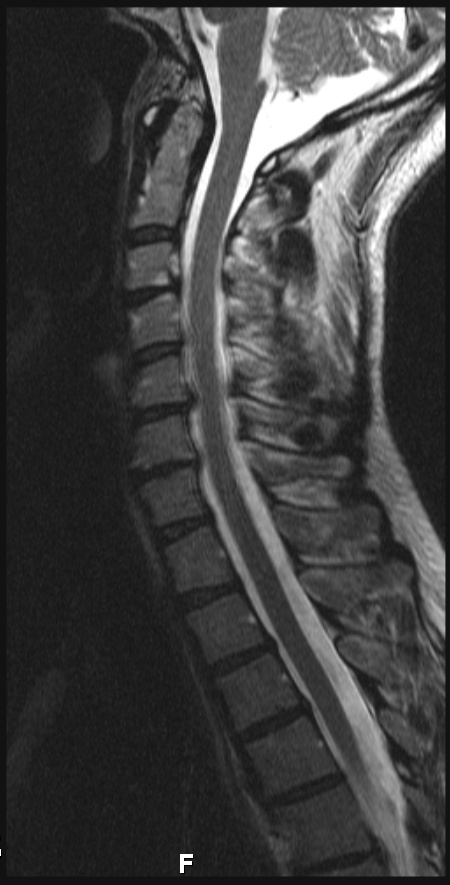Increased levels of a molecule called Tumor Necrosis Factor (TNF) and increased accumulation of iron in immune cells called macrophages in the injured nervous system such as the injured spinal cord can make these immune cells become harmful and worsen damage according to researchers at Research Institute of the McGill University Health Centre. Blocking TNF and reducing iron buildup in the injured nervous system could therefore be developed to treat people with acute spinal cord injury.
Inflammation that occurs immediately after nervous system injury such as spinal cord and brain trauma can worsen damage and reduce functional recovery. Macrophages are a key immune cell in this type of inflammation. These cells can shift from being harmful (M1 type cells) to beneficial (M2 type cells) or vise versa. In the injured spinal cord macrophages are predominantly of the pro-inflammatory M1 type which is detrimental to recovery. In a new study published in the scientific journal Neuron on 2 September 2014, Dr. Sam David a Professor in the Faculty of Medicine, Department of Neurology and Neurosurgery, McGill University and his team lead by Dr. Antje Kroner showed that TNF which is rapidly produced after spinal cord injury prevents the resolution of inflammation by maintaining macrophages in a pro-inflammatory M1 state. They also discovered that iron released by damaged cells and iron found in red blood cells which are present at injury site due to hemorrhage, accumulate in macrophages. Increased iron leads to increased production of TNF and also to a switch of beneficial M2 macrophages back to the harmful M1 state.
Dr. David’s team carried out a number of experiments with gene knockout mice as well as cell culture and cell transplantation studies. He says that “the combined effect of TNF and iron favors a prolonged shift to harmful M1 type macrophages after spinal cord injury that impairs recovery.
About a quarter of a million people sustain spinal cord injury (SCI) each year, 3/4 of which are from road accidents and falls. Currently there is no effective treatment and people with SCI lose control of the body below the level of the spinal lesion.
“This research has revealed good therapeutic targets for the treatment of spinal cord injury. This discovery may also be of relevance for the treatment of other neurological conditions such as brain trauma and hemorrhagic stroke”, says Dr. David.
link to paper: http://ac.els-cdn.com/S0896627314006382/1-s2.0-S0896627314006382-main.pdf?_tid=2b94721e-344a-11e4-b302-00000aab0f26&acdnat=1409845569_17b753958d9c6b31c3895d64f5dacfab
September 8, 2014

